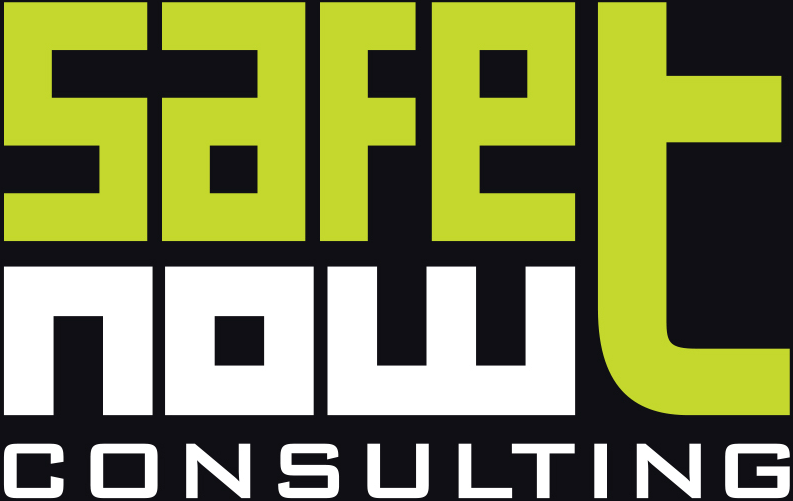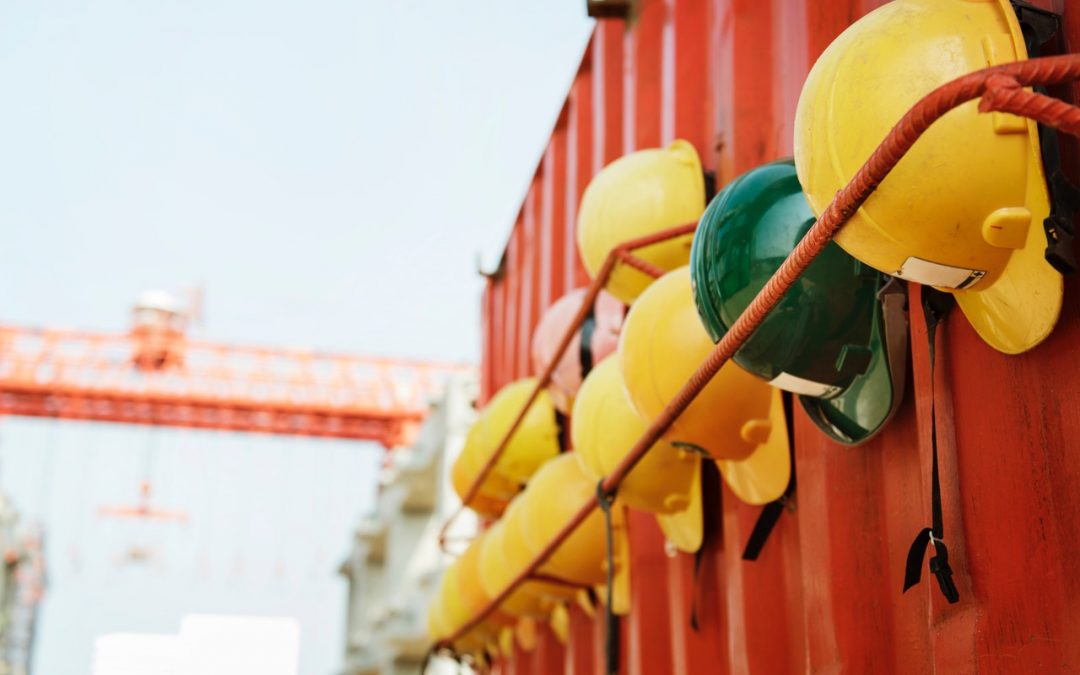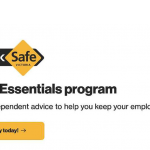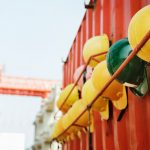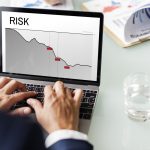Leadership at any level requires the establishment of a clear vision, a mission by which to achieve the vision and key core values that the business shall embody and stand by without compromise. Safety leadership is no different. However, influencing and establishing a positive safety culture poses a number of challenges due to the wide range of beliefs, skills and attitudes that may exist within a business. As such, those within the governance chain of command must act to motivate and inspire by sending clear and consistent messages regarding the absolute importance of health and safety at each operational level of the business. This article will explore the key components of safety leadership and the systems required to establish a sound positive safety culture.
Proactive health and safety leadership is vital for two main reasons:
- Morally, managers both executive and operational have a duty to protect the health and safety of all workers, contractors, sub-contractors, visitors and members of the public who may be exposed to risk due to the operations of the business;
- Legally, primary duty of care responsibilities are imposed by health and safety legislation that require businesses to provide and maintain a workplace that is safe and without risk to health so far as is reasonably practicable. Also, under the Work Health and Safety legislation a duty is imposed on the officers of a business or undertaking to exercise ‘due diligence’ in relation the management and control of health and safety risk associated with their businesses operations. Due diligence requires an officer to take reasonable steps including (but not limited to):
- The acquisition and keeping up to date knowledge of matters pertaining to health and safety;
- Gaining an understanding of the hazards and risks associated with the operations of their business;
- Making available and using appropriate resources and processes to eliminate or minimise the health and safety risk associated with operations;
- The establishment (and verification) of systems for:
-
- The receipt, consideration and response (in a timely manner) to information relating to health and safety incidents, hazards and risk;
- Compliance with duties established under Work Health and Safety legislation (i.e. incident notification reporting processes consultation processes, provision of information, instruction and training).
So, how do leaders of organisations discharge these duties effectively and establish a positive safety culture?
- Set clear organisational safety responsibilities and accountabilities from the Board of Directors to Executive Management to Operational and Line Management teams;
- Board of Directors – must have clear oversight of items such as:
- The methods by which high consequence risk is being controlled;
- Corrective actions taken to control incidents that have resulted in a worker losing time from work or near miss events that may have resulted in a high potential consequence.
- Executive Management must:
- Establish a clear safety plan that prioritizes safety action according to risk priority (extreme, high, medium, low);
- Establish systems to mitigate the risk associated with high consequence risk including:
- Request for the completion of risk assessments for all high consequence risk operations (including infrastructure based risk such as plant/equipment);
- Request the establishment of operational instructions/procedures with the aim of standardizing actions and behaviours of workers in the completion of high risk tasks.
- Board of Directors – must have clear oversight of items such as:
3. Establish systems to examine the root cause behind incidents with the primary focus on the prevention of incident recurrence;
4. Establish systems to build internal capabilities at all operational levels;
5. Establish reporting measures that enable careful and accurate oversight of the management and control of high potential consequence risk and not typical incident reporting measures such as lost time injury frequency rates.
6. Operational and Line Management must have clear accountability for the implementation and monitoring of:
-
- Risk controls (i.e. plant guarding, securing of hazardous energy isolations, fall protection systems and control plans), including;
- Increase hazard/risk awareness of workers via training, communications and clear/direct discussion on potential safety outcomes associated with decisions/actions/behaviours observed during operations;
- Completion of periodic safety inspections in consultation with workers.
- Oversight and enforcement of expected behaviours and actions relating to safety;
- Risk controls (i.e. plant guarding, securing of hazardous energy isolations, fall protection systems and control plans), including;
- First response incident management including isolation of scene (where required), investigation (including root cause analysis), implementation of first level controls based on risk control hierarchy and communication of incident findings and actions taken to workers;
- Consultation methods including toolbox meetings at work group level and strategic committee meetings with health and safety representatives (where established);
- Set a clear safety vision;
- What are you trying to achieve? Vision zero, Goal zero? Be careful as the vision is underpinned by the whole safety system and will have its sceptics within the organisation.
- Set clear company safety values that align with the core values of the business. These are non-negotiable and must be enforced by both Operational and the Executive Management teams;
- Focus on risk not on outcomes;
- Safety management must be risk based with action and resources allocated to extreme and high consequence hazards/operations;
- Core risk assessments must be completed for all items of plant/mobile plant/equipment, work at height, hazardous substances/dangerous goods storage/handling/transport, entry into confined space, tasks that involve exposure to hazardous energy sources, high risk works, noise and manual handling;
- Establish clear and concise operational procedures in consultation with operational personnel.
- Sound understanding of risk must exist throughout all levels of the business. Training must be targeted to building such internal capability.
- Safety management must be risk based with action and resources allocated to extreme and high consequence hazards/operations;
- Monitor, monitor, monitor. Sound safety systems and positive safety cultures are built on constant oversight at all levels of the business.
The cornerstone of good leadership is the ability to foster good relationships with other managers and the workforce. The better these relationships the higher the likelihood that people will behave in a way that will achieve the safety goals articulated in the company values (Biggs et. al. 2008)
References:
- Biggs H.C, Dingsdag D. P. and Roos C.R. (2008) A Practical Guide to Safety Leadership. Cooperative Research Centre for Construction Innovation.
